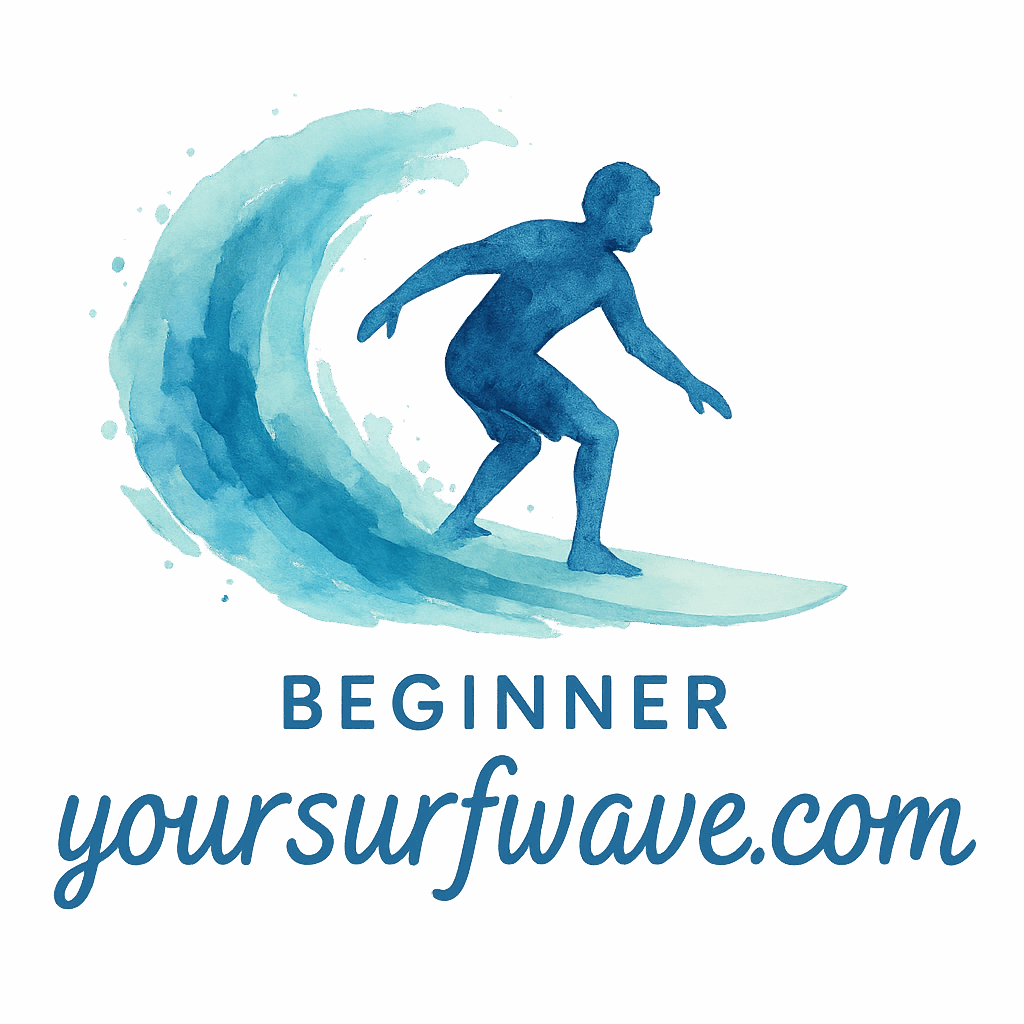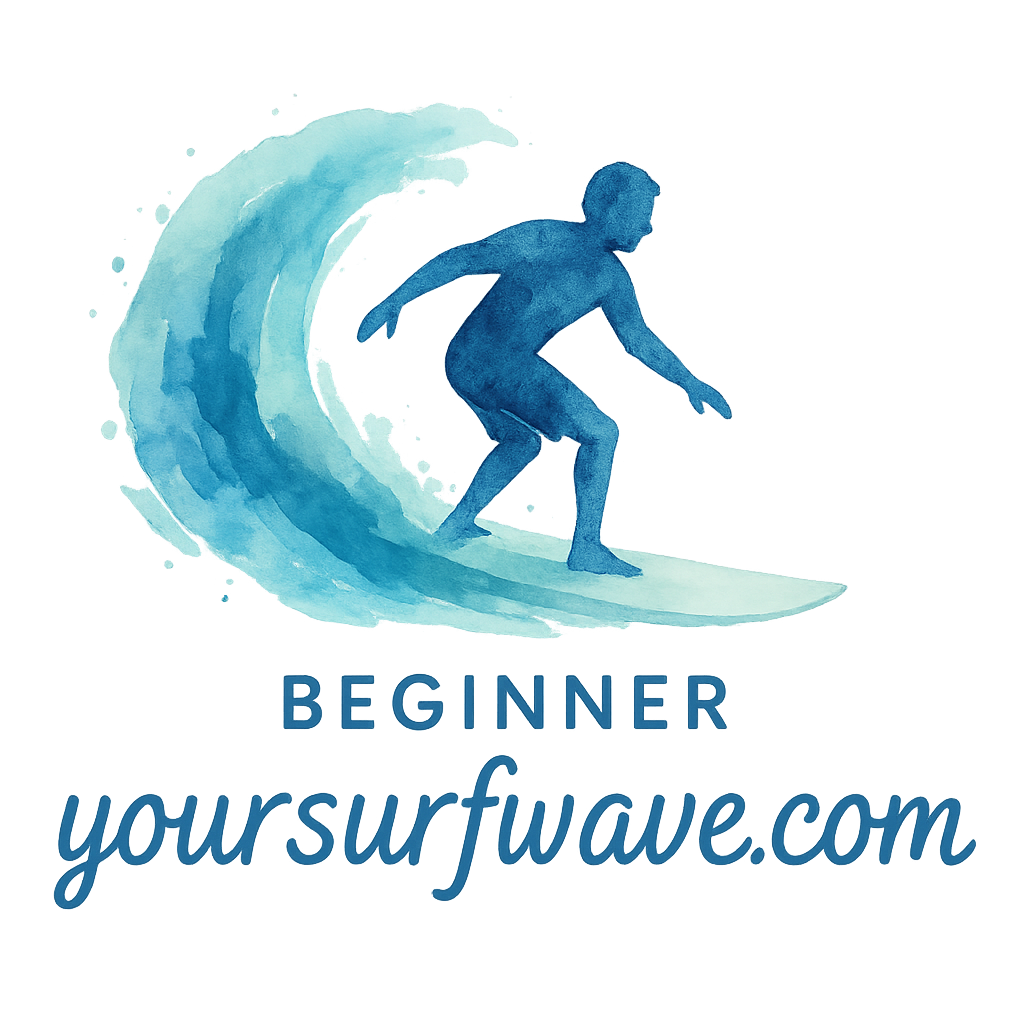Introduction
Let’s be honest—starting to surf is like joining a new secret society. Everyone’s laughing, high-fiving, throwing out lingo like “duck dive” or “closeout,” and you’re left scratching your head. Don’t sweat it. We’ve all been there! In this guide, we’ll dive into 12 surf terms every new surfer should know, so next time you’re out there, you’ll sound (and feel) like one of the crew.
Why Surf Lingo Matters for Beginners
If you’re new to the waves, understanding surf slang is more than just sounding cool—it’s about safety, respect, and having way more fun. Knowing your surf basics can help avoid embarrassing or even dangerous moments.
And hey, if you want more on beginner tips, check out this awesome resource at Your Surf Wave Beginner Tips.
1. Lineup
What Is the Lineup?
The lineup is where surfers wait to catch waves—basically, the VIP section of the ocean. It’s just beyond where the waves are breaking.
Why It Matters
Knowing where to sit helps you avoid collisions and earn respect from other surfers. It’s a big part of surf etiquette, and there’s a silent code to follow.
Explore more on surf locations where you can practice lineup positioning at Your Surf Wave Surf Locations.
2. Set
Understanding Wave Sets
A “set” is a group of waves that roll in together, usually in intervals. Some are mellow, others are monsters.
Reading the Ocean Like a Pro
Learning to read sets is essential for timing and positioning—wait too long and you’ll miss the good ones; paddle too soon and get crushed.
Brush up on your surfing tips at Surfing Tips.
3. Drop In
What Dropping In Means
“Dropping in” is taking off on a wave that someone else already claimed. It’s like stealing someone’s turn—and it’s a huge no-no.
Surf Etiquette 101
Don’t be that surfer. Learn the pecking order and take turns. Respect gets you waves.
Check out Surf Basics for more unwritten rules every new surfer should know.

4. Duck Dive
The Basics of Duck Diving
This one’s a must-learn. Duck diving means pushing your board under an oncoming wave while paddling out.
When and How to Duck Dive
Push the nose of your board down and follow with your body—kind of like doing a push-up underwater. It keeps you from getting knocked back to shore.
Stay strong with Surf Fitness tips to improve your duck dives.
5. Wipeout
What Happens When You Wipe Out
Falling off your board? Congrats—you’ve wiped out. It happens to everyone. It’s messy, salty, and kind of hilarious.
Staying Safe During a Wipeout
Protect your head, cover your face, and never dive headfirst. Always come up slowly to avoid surprise boards.
Learn how surfing benefits include mental toughness at Surf Benefits.
6. Green Wave
Why Green Waves Matter
A “green wave” is an unbroken wave—the surfer’s dream. It’s the perfect canvas for carving and riding.
Catching the Right Wave
Beginners often start on whitewater, but learning to spot and catch green waves is the real ticket to progress.
Explore Beginner Surf USA for spots with gentle green waves.
7. Whitewater
Surfing in the Foam
Whitewater is the foamy part of the wave after it breaks. It’s where beginners get their sea legs.
Beginner Practice Zone
It’s great for getting used to your board, pop-ups, and balance without getting tossed around too much.
Need help choosing the right board? Visit Beginner Surfboard Guide.
8. Stoked
What It Means to Be Stoked
“Stoked” means you’re over-the-top happy, amped, hyped, and loving life. Surfing does that to people.
The Surf Culture Vibe
It’s more than slang—it’s a feeling, a way of life, and what keeps surfers coming back day after day.
Live the Surf Lifestyle and get stoked every day.
9. Closeout
Spotting a Closeout Wave
A closeout happens when a wave breaks all at once instead of peeling left or right—making it nearly impossible to ride.
Avoiding Surfing Mistakes
Learn to read waves so you don’t waste energy or get crushed. Patience is key.
Head to Learn to Surf for more learning tools.
10. Over the Falls
The Wild Ride Nobody Wants
When a wave grabs you and tosses you over like a ragdoll, that’s going “over the falls.” Painful and humbling.
Tips to Avoid Going Over
Stay low, hold onto your board, and don’t fight the ocean. It’s all about flow and respect.
You might enjoy Surfing Therapy to recover and regain confidence.
11. Shoulder
The Safe Surfing Zone
The shoulder is the part of the wave next to where it’s breaking. It’s less powerful, but great for beginners.
Why Beginners Love the Shoulder
It’s a safe space to practice turning, trimming, and getting the feel for the ride without getting slammed.
Want to improve? Browse Indoor Exercise Ideas for core strength.
12. Party Wave
What Is a Party Wave?
When two or more surfers ride the same wave—on purpose or not. It can be fun… or chaotic.
Surf Etiquette and Sharing
Unless agreed upon, it’s usually poor form. Always communicate and give others room to ride.
Check Surf Spots for less crowded waves to avoid party wave drama.
Mastering Surf Language as a Newbie
Practice Makes Perfect
You’ll learn faster by being in the water, observing, asking, and just soaking up the vibe. Surfing is more about feel than formulas.
Learning from Locals
Be humble, ask questions, and watch the locals. Most surfers are stoked to share with newbies who show respect.
Final Thoughts
Learning the lingo is a rite of passage for every surfer. These 12 surf terms every new surfer should know will not only help you blend in but also boost your confidence in the water. From duck diving to party waves, mastering the language of the sea is your first step to becoming a true wave warrior.
Need more on boards, beaches, or workouts? Cruise over to:
Keep paddling, keep smiling, and most of all—stay stoked.
FAQs
1. What’s the most important surf term for beginners to learn first?
“Lineup” is key—it tells you where to be and how to interact respectfully in the water.
2. Is duck diving hard to learn?
At first, yes. But with strength training and proper technique, it becomes second nature.
3. Can I ride green waves as a beginner?
Absolutely! Start with small green waves before moving to larger ones.
4. What does “dropping in” mean and why is it bad?
It means taking a wave someone else is already riding. It’s disrespectful and dangerous.
5. What’s the difference between whitewater and green waves?
Whitewater is broken, foamy waves—great for beginners. Green waves are unbroken and ideal for real rides.
6. How do I avoid wipeouts?
You can’t avoid them all, but learning to read waves, improve balance, and stay calm helps a lot.
7. Where can I learn more about surfing basics and etiquette?
Check out Surf Basics and Learn to Surf for detailed guides.


